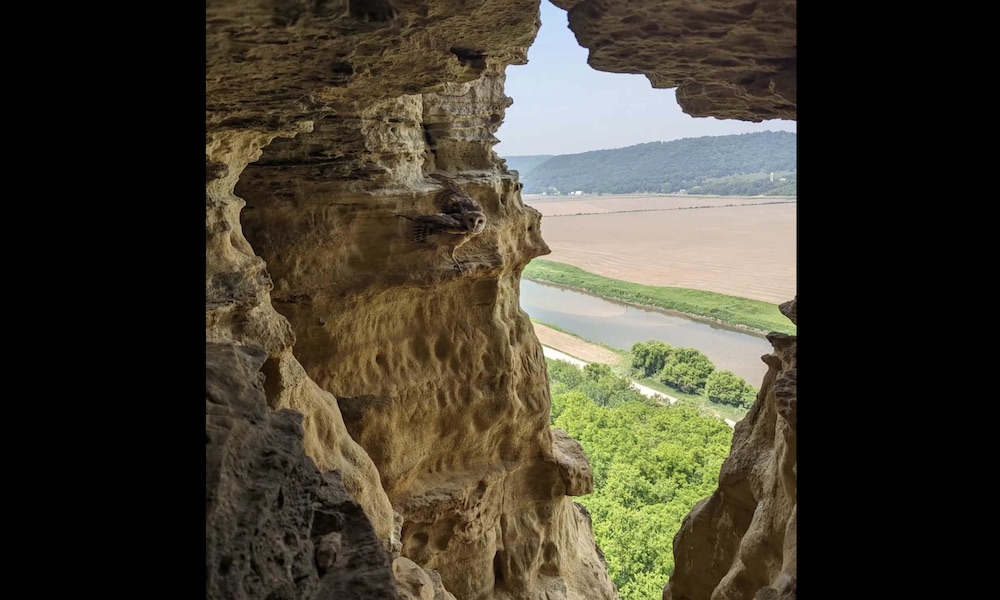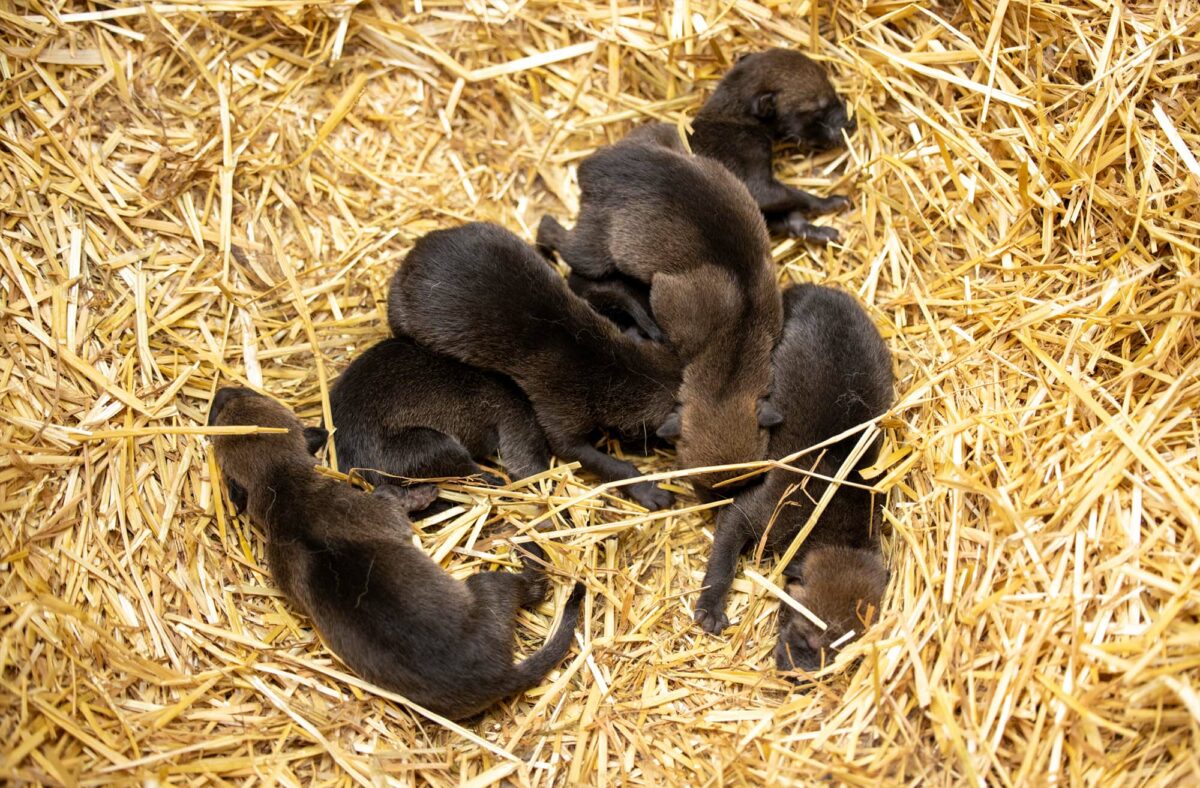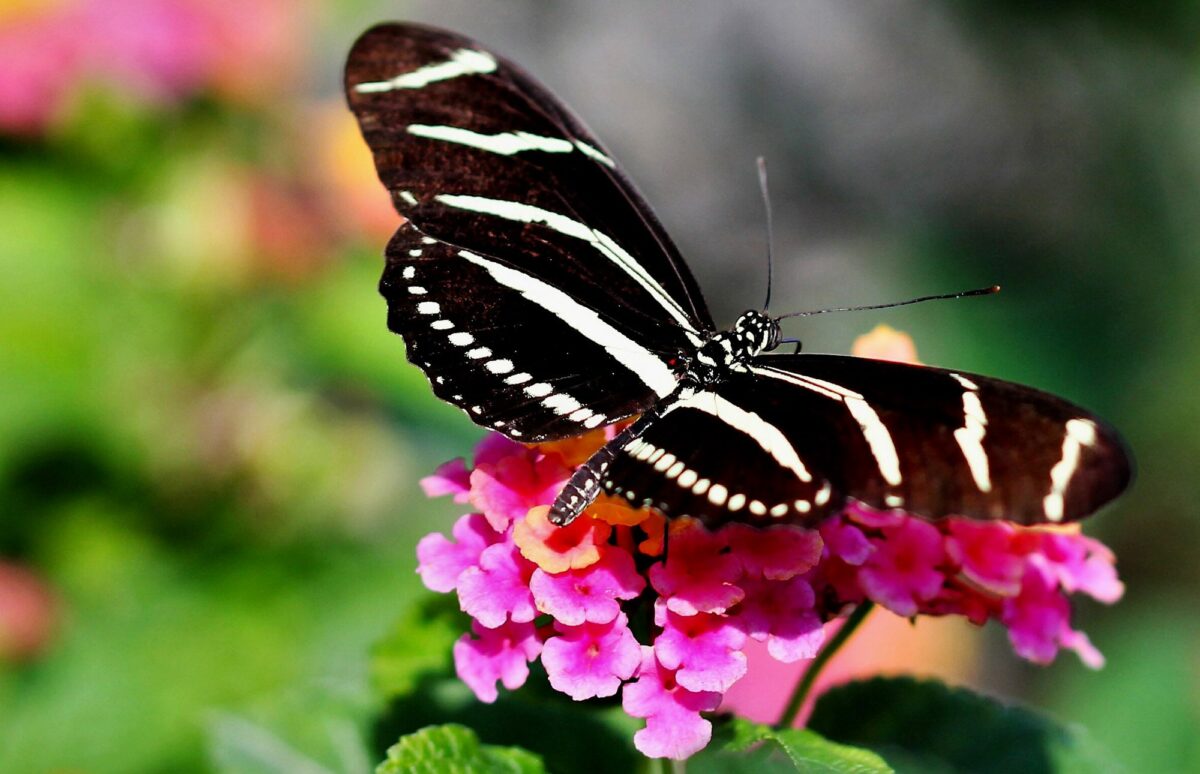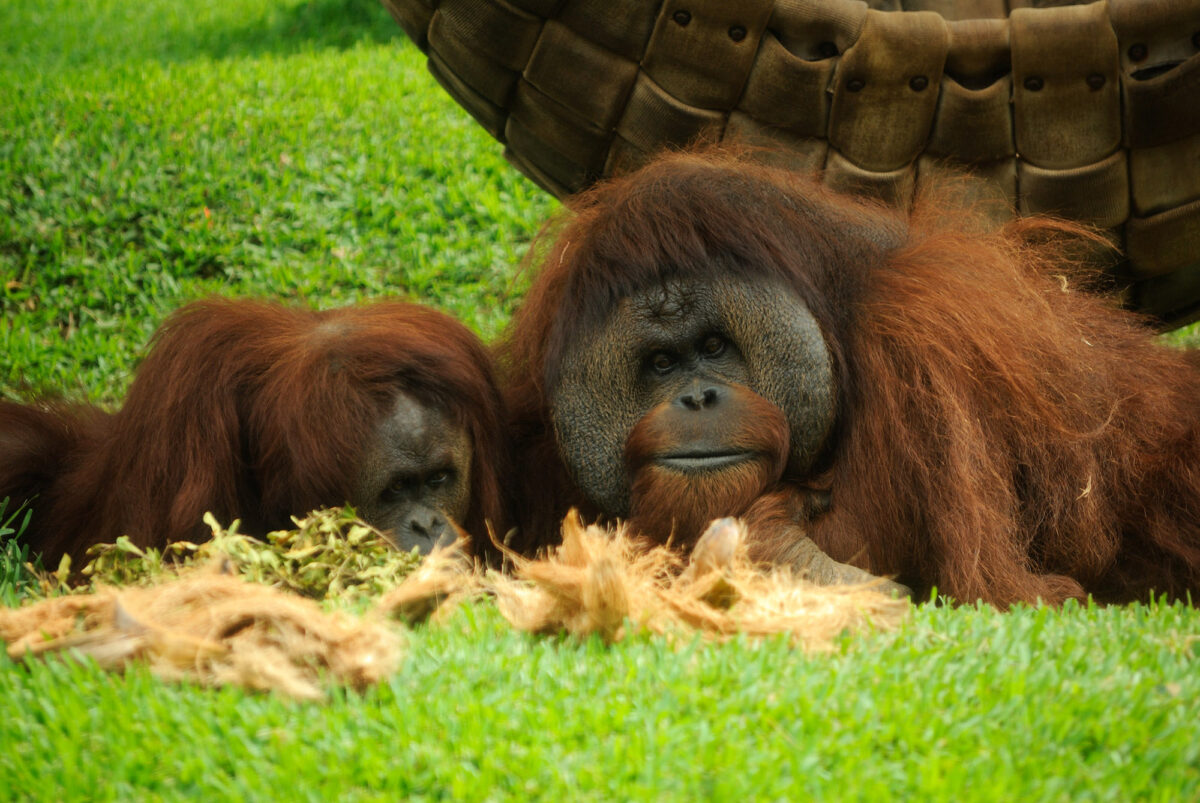The Georgia Department of Natural Resources on Monday asked social-media followers: “Where’s the whale?”
The quiz is part of an effort to explain why critically endangered North Atlantic right whales are difficult to spot and why boaters should exercise extreme caution with the mammals present for the winter calving season.
But there are actually three adult female right whales in the image shared by the Georgia DNR (and posted above and immediately below). Can you spot all three whales? (Answer at the bottom of this post.)
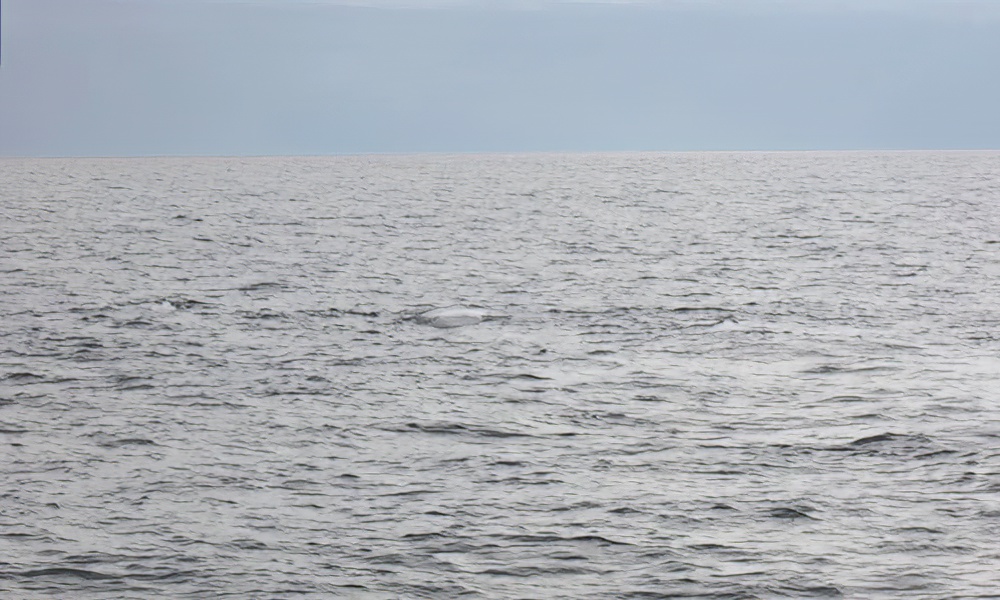
The Georgia DNR explained the visibility issue in a news release and via its blog: “Although they can be as big as a school bus, North Atlantic right whales do not have a dorsal fin and their profile is usually low in the water.
“In the Southeast, which is where pregnant females migrate to from New England and Canadian waters each winter to give birth, they also spend much of their time at or just below the surface.
“This is especially true for mothers and calves, because calves are unable to dive for long and their moms keep them close during this vulnerable time for the young.”
Vessel strikes are a leading cause of death for North Atlantic right whales. And because there are only about 370 whales left, including a mere 70 breeding-age females, every life counts.
Interestingly, the waters off Georgia, the Carolinas, and northern Florida are the species’ only known calving grounds.
As for the quiz, the three whales are circled in the image posted below.

The Georgia DNR explained that the image was captured by a research crew with a permit to be within 100 yards of the mammals.
The DNR stated: “The photo illustrates what a challenge it can be to spot these whales on the open water. But being vigilant and going slow can provide boaters time to react.
“Collisions have not only killed and injured right whales, they have caused extreme damage to vessels and put people at risk.”
The calving season runs from November through April. Boaters are urged to follow guidelines for Navigating in Right Whale Waters.


